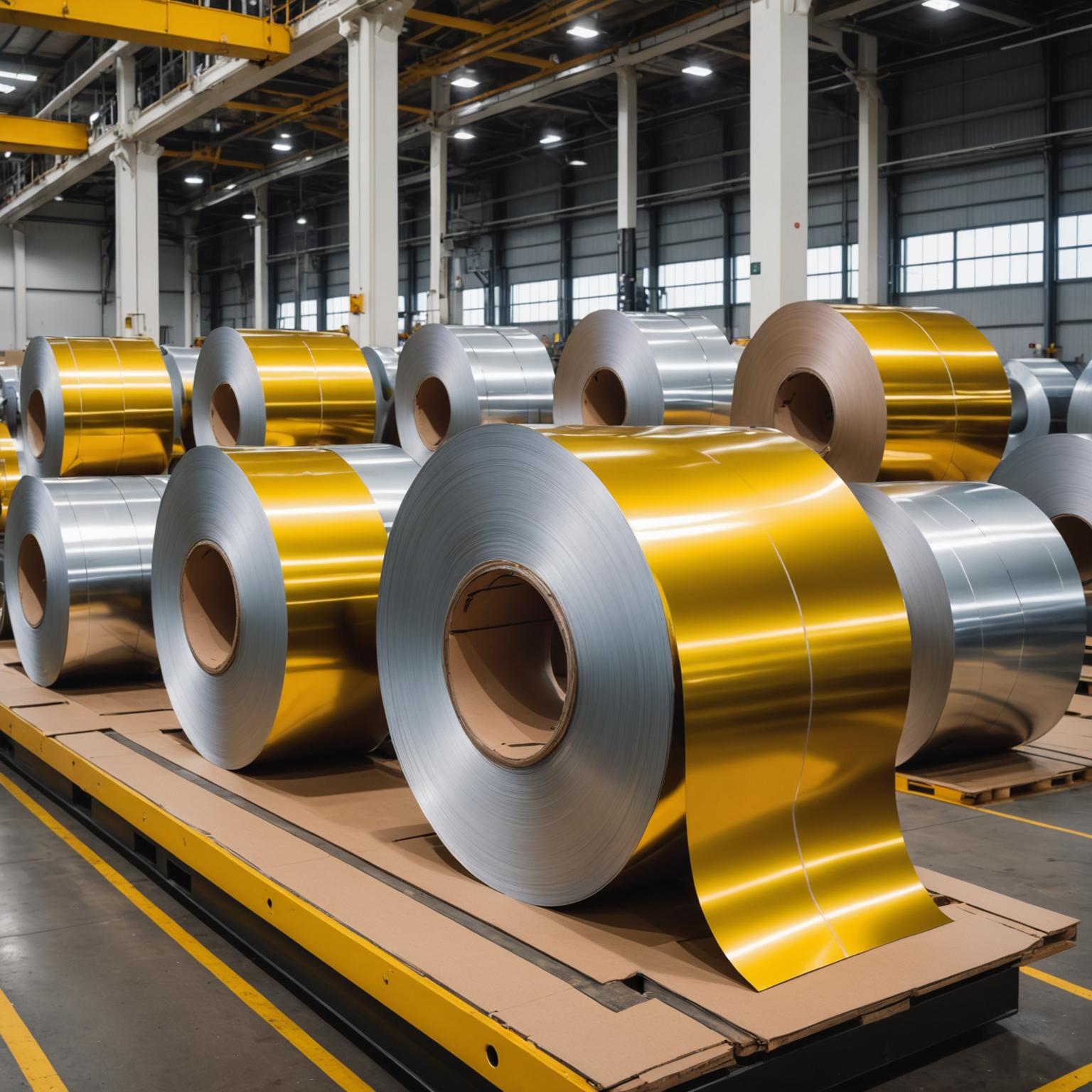Learn how to calculate the weight of stainless steel coils

The process of calculating the weight of a stainless steel coil may seem daunting, but mastering it is important for an industry that relies on accuracy and efficiency. Whether you are working in manufacturing, construction, or material procurement, knowing how to calculate weight will help you estimate costs, manage logistics, and ensure safety during processing and transportation. Stainless steel coils are known for their strength, durability and corrosion resistance and play a vital role in every department. Understanding its weight is essential to maximizing its industrial utility.
Calculating the weight of a stainless steel coil involves applying a direct formula. However, it requires specific information such as material density, size and overall quantity. With this knowledge, the industry can accurately determine the weight of the coil and simplify operation. This article will explore the basic formulas, the considerations involved, and the impact of precise calculations in areas such as automobile manufacturing and construction.
Challenges in weight calculation: Why accuracy is important
Calculate the weight of a stainless steel coil not only to reach a number, but also directly affects your business operations. Incorrect calculations can lead to waste of resources, incorrect transportation estimates, and even violations of safety regulations. The industry currently using stainless steel coils in high-risk applications such as aerospace or thermal insulation must rely on accurate data to perform effectively.
The main challenge is to obtain the correct dimensions and material properties. Manufacturing professionals often face uneven distribution of coil thickness or width. If these changes are not considered during the calculation process, inaccuracy may result. Likewise, material type affects density and overall weight. For example, the density of stainless steel is very different from the lightweight properties of aluminum used in aluminum coil coils.
For stainless steel coils, their widespread use in industries such as transportation and infrastructure makes accurate weight estimates necessary. From determining the load of a transport vehicle to estimating the cost of materials in a construction project, the impact is profound. Understanding the calculation method not only reduces errors, but also improves greater operational efficiency.
Step-by-step solution: How to calculate weight effectively
1. **Gathering information: **To start the calculation, you need to get the size of the coil, including its width, length and thickness. Also, you have to know the density of the material. The usual density of stainless steel is about 7.85 g/cm³.
2. **Calculate volume: **Calculate the volume of the coil using formula:
Volume = Width × Length × Thickness
Ensure all measurements are in consistent units (e.g. millimeters or centimeters) to avoid errors.
3. **Calculated Weight: **Multiple the calculated volume by the density of stainless steel:
Weight = Volume × Density
This formula gives you the weight of your coil. If you need to weigh in kg, divide the result by 1,000.
For example, if the coil has a width of 500 mm, a length of 2,000 mm and a thickness of 0.5 mm, its volume will be 500×2,000×0.5 = 500,000 mm. Convert to cubic centimeters (1mm³ = 0.001cm³) and the volume becomes 500cm³. Multiply it by density (7.85 g/cm³) to get a weight of 3,925 g or 3.92 kg.
Compare aluminum coil coils with stainless steel coils
Although stainless steel coils are widely recognized for their robustness and corrosion resistance, aluminum coil coils are becoming increasingly popular due to their excellent light weight properties. Aluminum coils made of high-grade aluminum provide high tensile strength that blends with corrosion resistance, which is essential for industries such as automotive and construction.
One of the main benefits of aluminum coil coils is their versatility. Their seamless, highlight finishes and adaptability to shaping, welding and thermal insulation materials add an additional advantage to industrial applications. Furthermore, the lightweight nature of aluminum makes it easier to calculate weight and optimize transportation and manufacturing processes. Unlike stainless steel, its density is only 2.7 g/cm³, which is significantly lower than the density of stainless steel 7.85 g/cm³.
By contrast, both materials offer unique advantages for a specific purpose. Stainless steel stands out in environments where high durability and corrosion resistance are required, but aluminum coils prove to be valuable for requiring lighter touch designs. The recyclable nature of aluminum also makes it a more ecologically conscious option, aligning with the sustainability goals of modern industries.
Conclusion: Apply accuracy to industrial success
Calculating the weight of a stainless steel coil or aluminum coil coil is not only a technical exercise, but also a practice based on an effective industrial process. Precisely, businesses can ensure operational cost-effectiveness, optimize logistics and meet strict safety standards. The detailed approach outlined above provides a reliable framework that can be employed for accurate weight estimation.
In addition, as manufacturers increasingly consider innovative materials, such as aluminum coil coils, and assessing their benefits with traditional stainless steel coils highlights the importance of adaptability and informed decision-making. Whether it’s rounded automotive panels made from aluminum or building corrosion-resistant infrastructure with stainless steel, know how to calculate weight gives the industry the ability to achieve excellence.
Master the art of weight calculations, you will not only add numbers—you lay the foundation for smoother operations, higher productivity and industrial innovation. Whether you are dealing with stainless steel coils or exploring the potential of aluminum coil coils, accuracy and knowledge are avenues to success.








